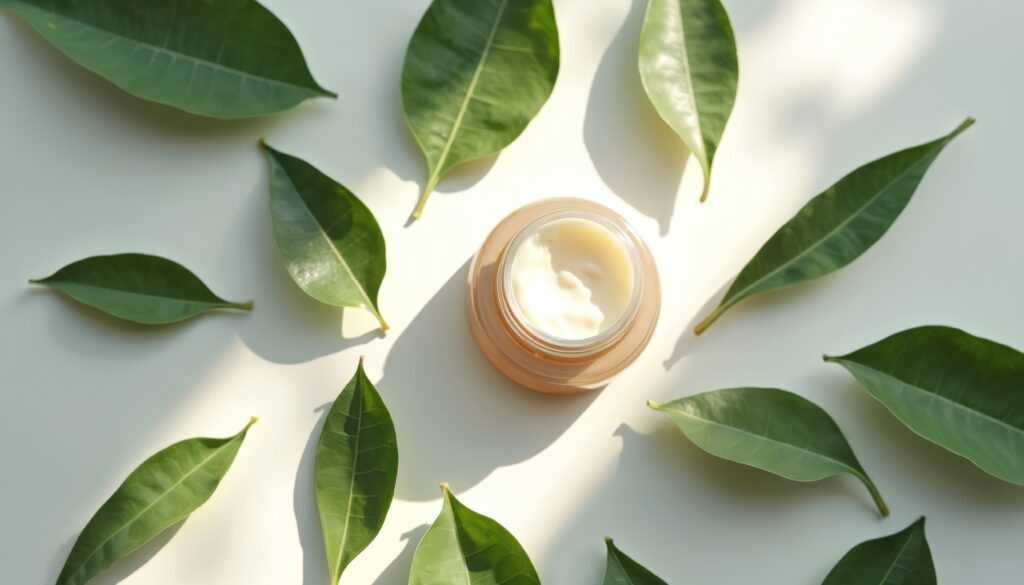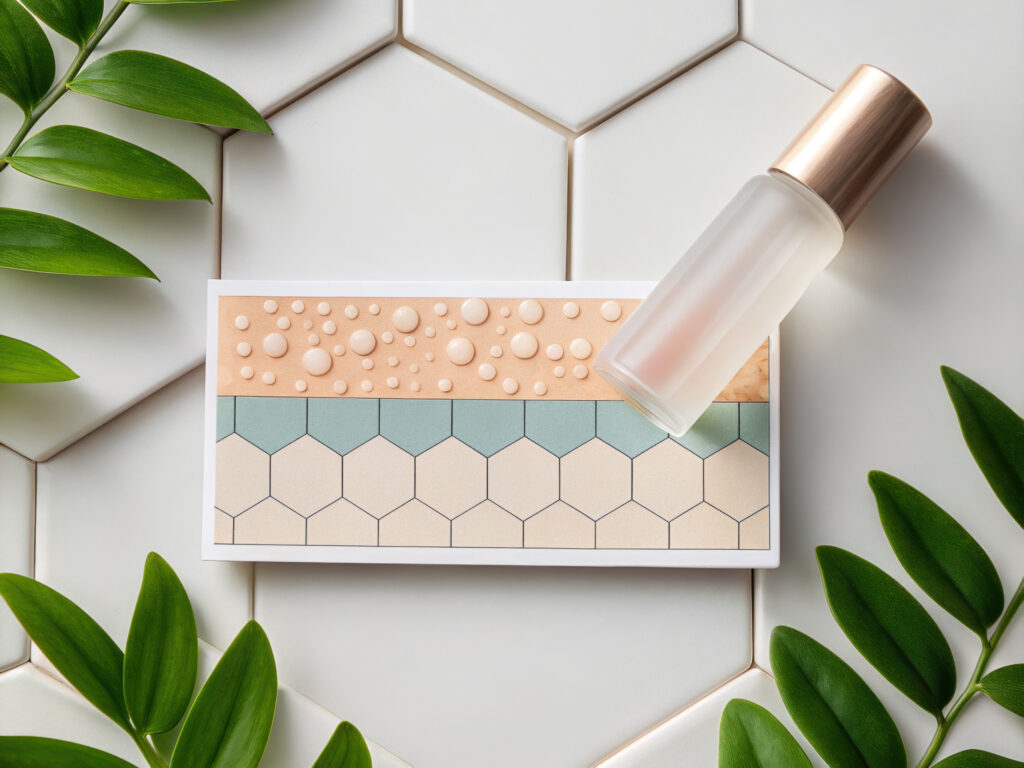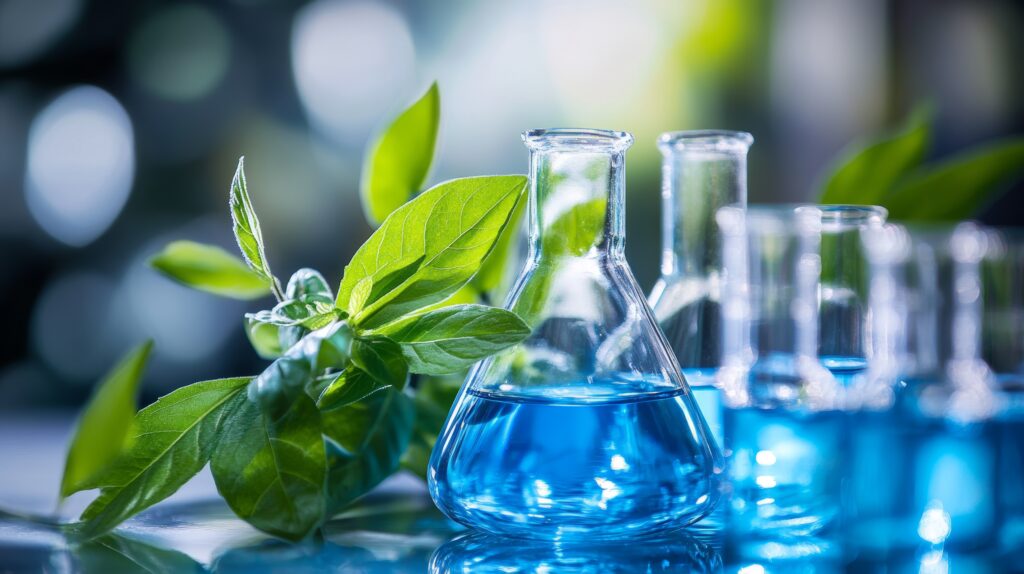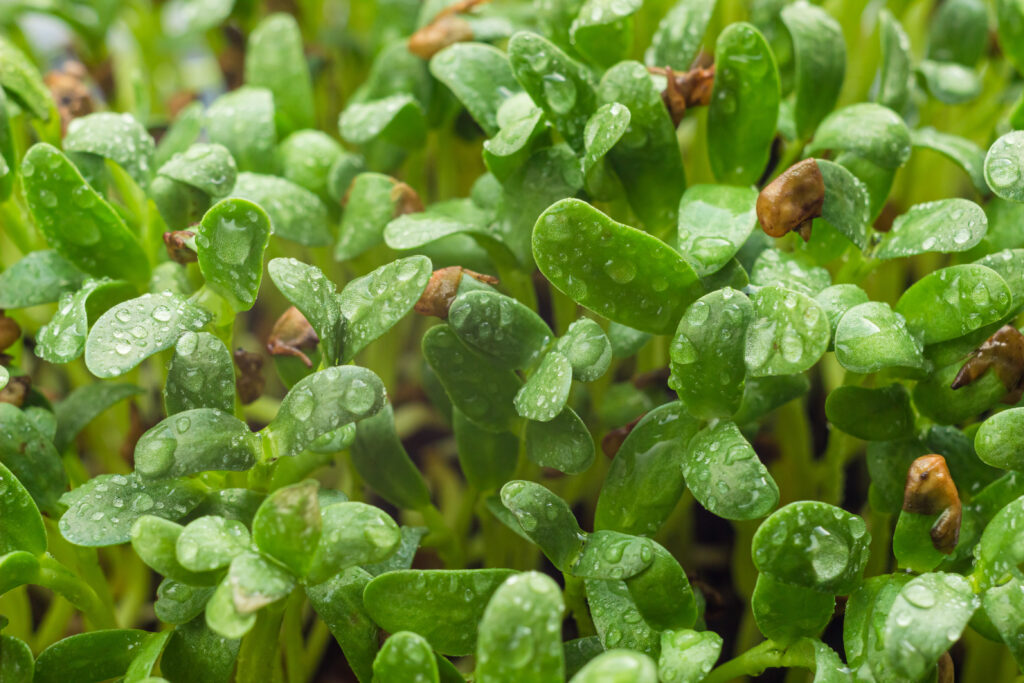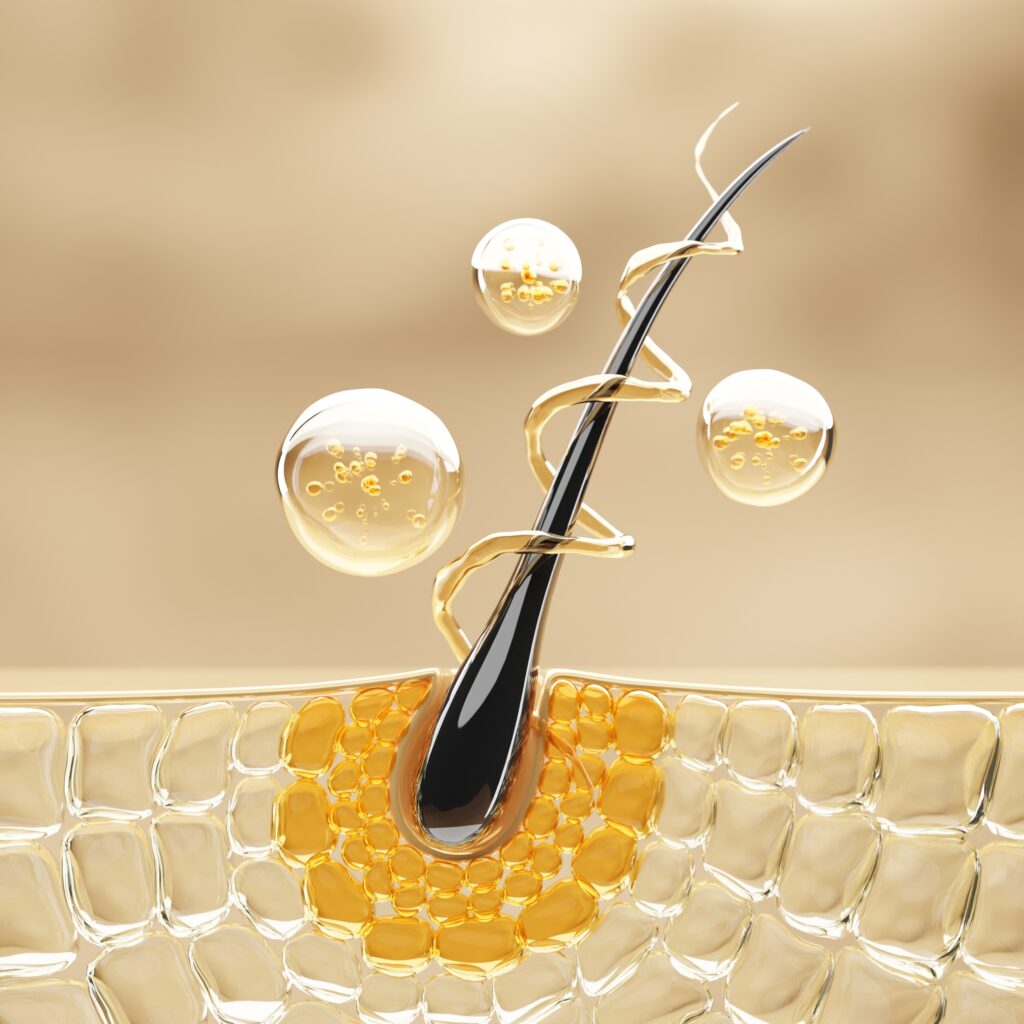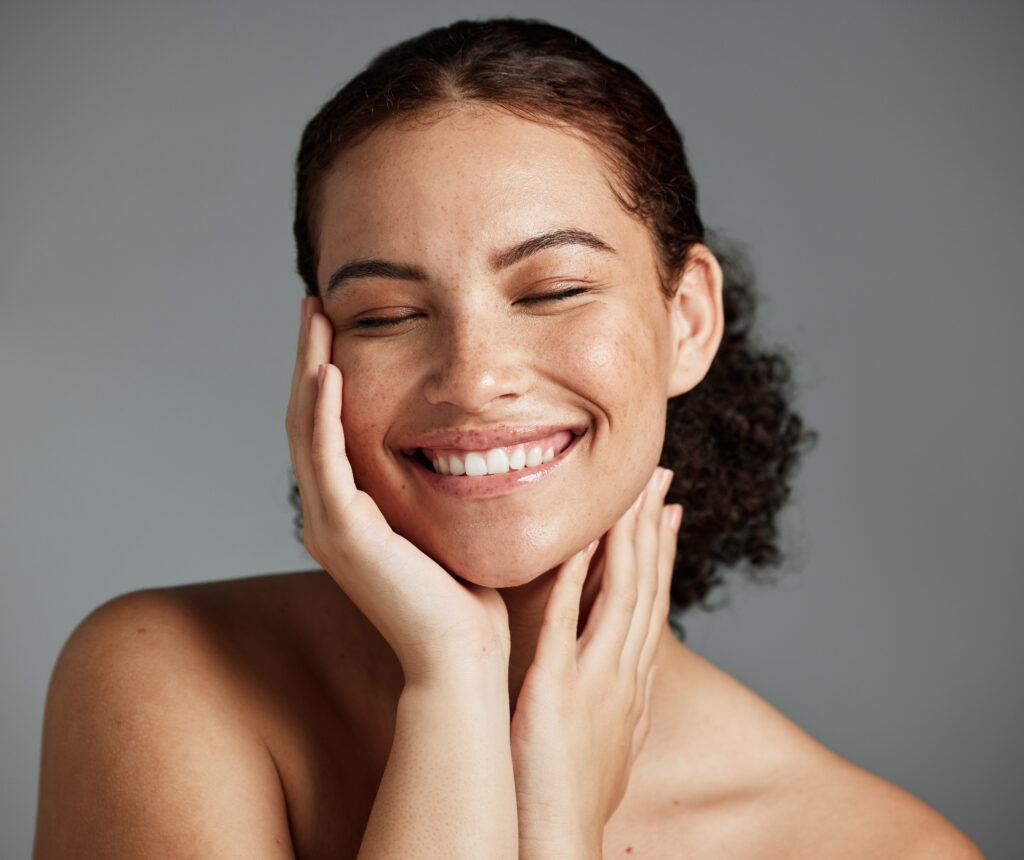Healthy Aging as a Formulation Challenge
Formulating for mature skin is no longer just about minimizing wrinkles. Today’s cosmetic market, shaped by rapidly aging global populations, is shifting toward well-aging: solutions that help consumers maintain healthy, resilient, and radiant skin throughout life.
This shift is reflected in the United Nations Decade of Healthy Ageing (2021–2030), which defines healthy aging as a “process of developing and maintaining the functional ability that enables well-being in older age” (United Nations Decade of Healthy Ageing, 2025). For formulators, that means creating products that address both the visible signs of aging and the underlying biological changes that affect skin performance over time.
Seqens Personal Care has explored this intersection in depth, with its full-length article “How to Improve Skin Well-Being by Taking Inspiration from Centenarians’ Longevity Secrets,” featured in HPC Today. The article draws on research from Okinawa’s centenarians—part of the world’s Blue Zones—and translates these insights into actionable formulation strategies.
Understanding the Aging Skin Landscape
Skin aging is a complex process shaped by intrinsic biological mechanisms and extrinsic environmental factors—together described as the skin aging exposome (Krutmann et al., 2017). Over time, the dermal–epidermal junction (DEJ) flattens, weakening the structural interface between epidermis and dermis (Amano, 2009).
At the same time, fibroblasts—key producers of collagen and elastin—lose their attachment to the extracellular matrix (ECM). This reduces mechanical tension, decreases ECM synthesis, and accelerates visible skin changes (Fisher et al., 2008). As a result, mature skin often presents with:
- Reduced firmness and elasticity
- Uneven tone and texture
- Slower recovery from environmental stress and injury (Rittié et al., 2016)
For formulators, these changes pose a clear challenge: to create actives that restore structural cohesion, protect against further damage, and improve visual skin quality without causing irritation or compromising product stability.
Learning from Centenarians: Okinawa and the Blue Zones
To find new pathways to healthy skin aging, Seqens looked beyond the lab to populations that embody longevity in action. The Blue Zones—regions identified for their exceptional rates of healthy centenarians—provide unique insights (Poulain et al., 2013).
Among these, Okinawa, Japan, is remarkable for both its validated centenarian prevalence (Willcox et al., 2008) and the sustained quality of life in later years. Research has linked Okinawan longevity to genetics, active lifestyles, strong community networks, and a nutrient-rich, calorie-conscious diet.

One plant in particular, Shell Ginger (Alpinia zerumbet), is a dietary staple in Okinawa. Consumed in teas and as a wrap for traditional dishes, it has drawn scientific attention for its bioactive polyphenols, which may play a contributory role in longevity (Teschke & Xuan, 2018).
From Okinawan Tradition to Cosmetic Application: Celebr’age™ Getto and the Role of Shell Ginger in Skin Health
Phytochemical studies have shown Alpinia zerumbet leaves to be rich in flavonoids such as quercetin and kaempferol derivatives (Chompoo et al., 2012). These compounds have notable antioxidant activity and enzyme-modulating properties, helping inhibit collagenase, elastase, and hyaluronidase—enzymes responsible for degrading dermal support structures.
Seqens Personal Care has translated this ethnobotanical knowledge into Celebr’age™ Getto, an organic Alpinia zerumbet leaf extract designed for mature skin formulations. Celebr’age™ Getto targets key biological mechanisms of skin aging by:
For aging skin, reinforcing the DEJ and supporting ECM synthesis are essential. With age, damage to this junction results in decreased adhesion, increased laxity, and reduced firmness (Amano, 2009). Celebr’age™ Getto provides a scientifically supported way to restore these structures in cosmetic formulations.
Applying Okinawan Longevity Research to Modern Skin Well-Being
Seqens Personal Care translated Okinawan ethnobotanical knowledge into a cosmetic ingredient evaluated at multiple levels—in vitro, ex vivo, and in vivo.
These outcomes demonstrate that the extract supports both the structural integrity and the visible quality of mature skin—key requirements for formulators targeting the well-aging market.
Formulating for the Next Decade of Healthy Aging
The Pan American Health Organization (PAHO/WHO) notes that healthy aging is about “creating environments and opportunities that enable people to be and do what they value at every stage of life” (PAHO, 2025). In cosmetics, this means delivering products that enhance skin health and resilience in ways that align with modern consumer expectations—self-care, acceptance, and science-based performance.
For formulators, this is more than a trend—it is a long-term shift. Well-aging actives derived from ethnobotanical research, like Alpinia zerumbet extract, provide both a scientific foundation and a market advantage. They bridge cultural tradition and advanced testing, offering a compelling narrative backed by data.
Turning Blue Zone Research into Competitive Formulation Moves
As the global population ages, the demand for effective well-aging solutions in cosmetics will continue to expand. Drawing on lessons from Okinawan centenarians, Seqens has developed a science-backed approach that reinforces structural cohesion, improves elasticity, and enhances overall skin quality.
For formulators seeking the full technical discussion, ethnobotanical background, and clinical data, the complete article “How to Improve Skin Well-Being by Taking Inspiration from Centenarians’ Longevity Secrets” is available now in HPC Today.
Ready to explore how this science can be applied to your own formulations? Contact Deveraux Specialties to request technical documentation, sample material, or formulation guidance from our sales team.
Resources
- Amano, S. (2009). Possible involvement of basement membrane damage in skin photoaging. Journal of Investigative Dermatology Symposium Proceedings, 14(1), 2–7. https://doi.org/10.1038/jidsymp.2009.1
- Chompoo, J., Upadhyay, A., Fukuta, M., & Tawata, S. (2012). Effect of Alpinia zerumbet components on antioxidant and skin diseases-related enzymes. BMC Complementary and Alternative Medicine, 12(1), 106. https://doi.org/10.1186/1472-6882-12-106
- Krutmann, J., Bouloc, A., Sore, G., Bernard, B. A., & Passeron, T. (2017). The skin aging exposome. Journal of Dermatological Science, 85(3), 152–161. https://doi.org/10.1016/j.jdermsci.2016.09.015
- Poulain, M., Herm, A., & Pes, G. (2013). The Blue Zones: areas of exceptional longevity around the world. Vienna Yearbook of Population Research, 11, 87–108. https://doi.org/10.1553/populationyearbook2013s87
- Rittié, L., Farr, E. A., Orringer, J. S., Voorhees, J. J., & Fisher, G. J. (2016). Reduced cell cohesiveness of outgrowths from eccrine sweat glands delays wound closure in elderly skin. Aging Cell, 15(5), 842–852. https://doi.org/10.1111/acel.12496
- Teschke, R., & Xuan, T. D. (2018). Viewpoint: A contributory role of shell ginger (Alpinia zerumbet) for human longevity in Okinawa, Japan? Nutrients, 10(2), 166. https://doi.org/10.3390/nu10020166
- United Nations Decade of Healthy Ageing. (2025). What is the UN Decade of Healthy Ageing? https://www.decadeofhealthyageing.org/about/about-us/what-is-the-decade
- Pan American Health Organization / World Health Organization. (2025). Healthy Aging. https://www.paho.org/en/healthy-aging
- Willcox, D. C., Willcox, B. J., He, Q., Wang, N. C., & Suzuki, M. (2008). They really are that old: A validation study of centenarian prevalence in Okinawa. Journals of Gerontology Series A: Biological Sciences and Medical Sciences, 63(4), 338–349. https://doi.org/10.1093/gerona/63.4.338


